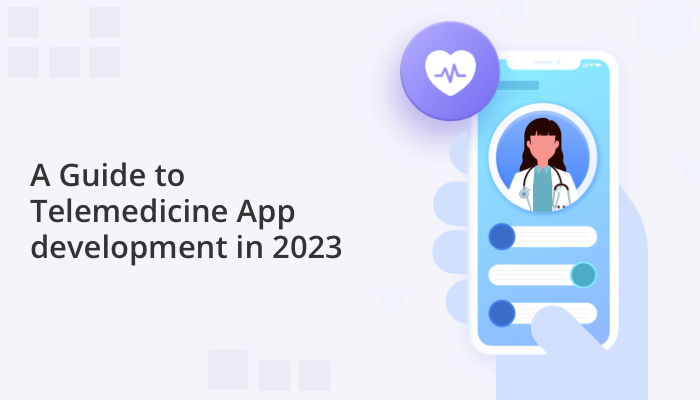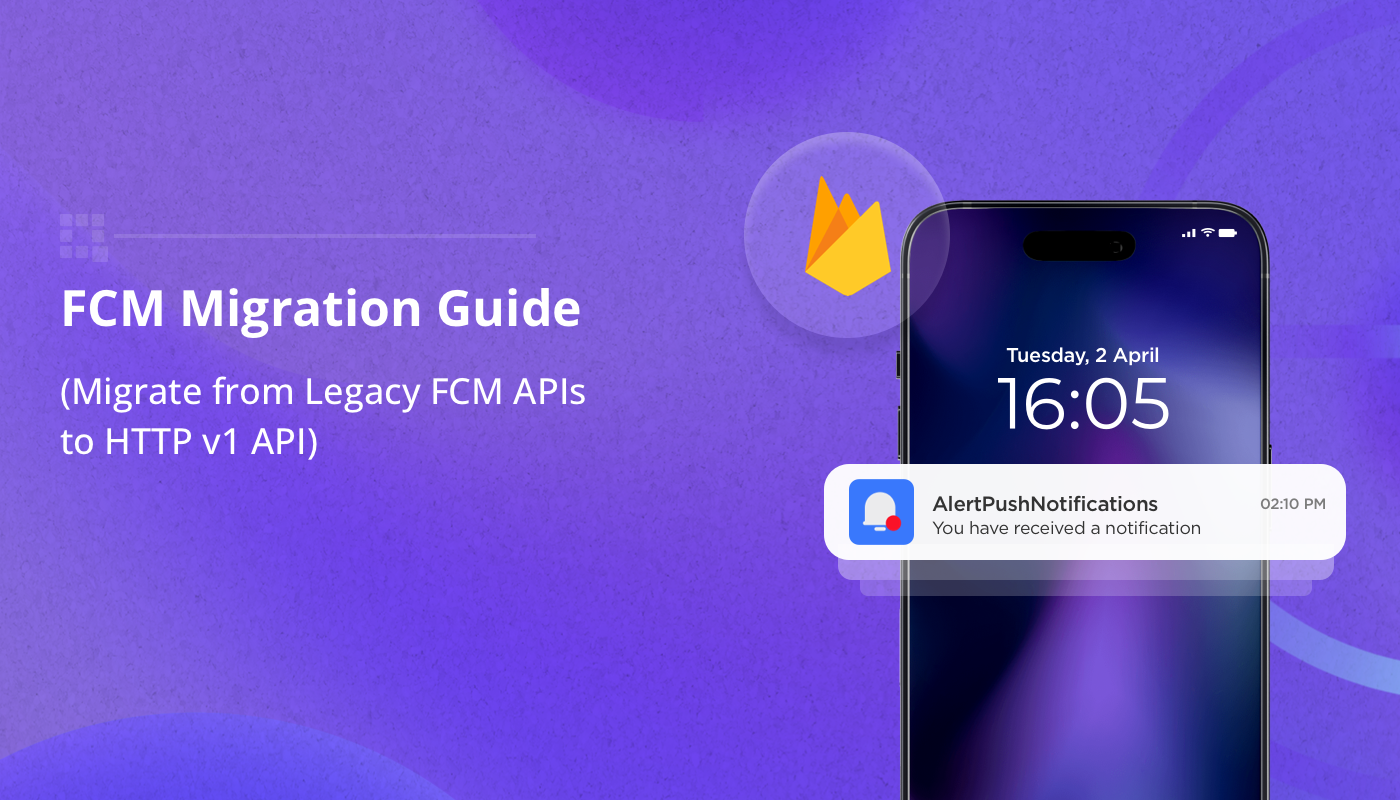
“Why do we need another telemedicine app?” you may ask. True, there are lots of telemedicine apps on the market today, however, its trend shows a growing demand: the telemedicine market is expected to grow to almost $460 billion in 2030.
Telemedicine, or telehealth, is not new, but until recently, it was mostly used to provide quality healthcare to remote places and developing countries. With the onset of the Covid-19 pandemic, telemedicine received a true boost growing as much as 154% compared to pre-Covid times.
Such a sharp growth is a result of two conflicting trends that appeared during the pandemic. On the one hand, more people required medical care and assistance, as Covid-19 not only caused its specific symptoms but also aggravated other conditions. On the other hand, countries introduced strict measures to minimize social contacts to prevent spreading of the virus.
So, people were caught in a situation when they needed a doctor’s consultation but were unable to visit in person. Telemedicine resolved this situation perfectly allowing doctors to consult and even examine patients over a communication channel without seeing them personally.
However, with the pandemic winding down, the demand for telehealth continues. Both the doctors and the patients have discovered the convenience of this technology and it is going to be promoted ever wider. This is another way of saying that telemedicine app development is a wise investment of money and resources today.
Table of Contents
What is telemedicine?
Medicine has been around for as long as humankind has existed. In telemedicine the main thing is “tele” which is the Greek for “far away”. So, telemedicine can be loosely translated as “medicine from far away”, which describes the concept perfectly.
Telemedicine, or telehealth, is a method of getting and administering medical care without a personal visit to or from a doctor. Any technology allowing remote medical care is considered telemedicine. Even if you are talking to your doctor over the phone and getting professional recommendations, that’s telemedicine. However, today, the range of telemedicine technologies and, consequently, the options they support are much wider.
Types of telemedicine
Telemedicine app developers have created a range of innovative solutions for several types of telemedicine:
- Store-and-forward, where technology is used to store patients’ data, such as medical history, lab test results, reports, scans, images, transcripts, etc., and allows reviewing it by medical care providers. This type is commonly used in diagnostics and treatment planning.
- Remote patient monitoring, involving multiple IoT technologies and devices tracking various vital signs of patients. This type of telemedicine is very useful for treating patients with chronic conditions, for example, to control blood sugar or heart rate.
- Real-time telemedicine, where doctors consult patients over audio or video channels providing interactive consultations. As opposed to other types, real-time telemedicine can replace in-person visits rather than supplement them. This type of telemedicine has a wide variety of use cases, from routine examinations to emergency and urgent care, when professional help is not available otherwise.
Use cases of telemedicine
The list of cases where telemedicine can be used is growing with the improvement and enhancement of the technology involved in telemedicine hard- and software. Remote medical services can be provided in multiple areas and situations:
- Diagnostics. Here, telemedicine can be used at each stage, from collection and storage of the patient’s data to gathering experts’ opinions to make the diagnosis.
- Nursing. Nurse practitioners can perform some of their services remotely, for example, examine patients routinely, check their vitals, give basic self-care advice, discuss treatment plans.
- Psychiatry. Treatment of psychiatric conditions is often lengthy in time and requires multiple doctor-patient consultations. Some of such consultations can be done remotely, especially, when needed urgently.
- Surgery. While surgeries as such require both the patient and the surgical team to be present physically, some post-op care and consultation can be done remotely. Telehealth tools allow monitoring the patient’s vital signs after the surgery to control their condition and respond quickly to any changes. Additionally, telemedicine can be a great help to surgeons in remote rural areas when they need expert assistance in complicated cases.
- Emergency care. Telehealth assists providers at all stages, from patient triage to actual treatment and follow-up care. Its use in emergency medicine is even promoted by the United States Department of Health and Human Services.
- Rehabilitation and physical therapy. It is an important stage of patient treatment focused on restoring the patient’s condition to the pre-disease state or as close to it as possible. In many cases, rehabilitation exercises and treatments are performed at home by the patient or their family members. Doctors and nurses can monitor the process via a communication channel and give advice.
- Education. Telecommunication tools can help medical students attend practical lessons virtually and follow important operations in real-time. It is a common practice for students to be present in operating rooms or during doctor’s rounds, but telemedicine can give such opportunities to students from remote locations.
Benefits of telemedicine
Telemedicine brings multiple benefits for both patients and doctors.
Benefits of telemedicine for patients
Telemedicine resolves many issues of getting medical care that patients often face:
- Easier access to quality medical care. For patients in rural and remote areas, it is often difficult to get professional medical assistance by experts in certain fields. In most cases, it involves traveling to a place where such medical experts work and arranging a personal visit. Of course, such a consultation takes lots of extra time and involves hefty additional expenses for travel and accommodation.
With telemedicine, patients can receive medical advice and even undergo examinations without leaving their homes.
- Higher convenience. A visit to a clinic or a doctor almost always means traveling and then waiting in a queue for a long time. For a person who is not feeling too well already, such a trip may be highly inconvenient. In addition, paperwork takes up a lot of time.
When a patient schedules a remote visit instead of a physical one, their experience is much more convenient. And all the documentation can be done online, too.
- Faster recovery. Everybody heard about free slots for doctors’ consultation being weeks away. In that time, the patient’s condition may deteriorate to the point when they need a much stronger and longer treatment.
When the doctor consults online, they can see the patient quicker and catch the illness at its very start when it is still mild. The patient starts the treatment immediately and may recover very soon.
Benefits of telemedicine for doctors
Patients are not the only ones benefiting from telemedicine. For doctors, it makes life much easier in many ways, too.
- Higher effectiveness of patient service. For doctors, paying personal visits takes extra time, too. When they do not need to travel, they can use that time for patient care instead. Besides, with telemedicine, they can reach patients in remote areas giving them quality service.
- Better documentation management. Besides treating patients, doctors spend a lot of their time on paperwork. Telemedicine with access to electronic health records can optimize and speed up documentation greatly, as all the files, images, transcripts, and prescriptions can be uploaded and stored automatically.
- More precise diagnostic and more effective treatment. The storage function of telehealth software allows pulling up the entire patient’s history at once, including tests, scans, other doctors’ opinions, previous diagnoses, chronic conditions, allergies, and intolerances. This way, the doctor has a complete picture of the patient and can prescribe treatment that is the most effective for the current situation and does not cause any complications for the patient.
How to build a telemedicine app?
Generally, the development of a telemedicine app passes all the stages that the development of any other software product does. However, the specifics of the industry and the requirements it poses need to be taken into account when both planning the product and building and deploying it. Besides, the process may differ slightly if you build an own app to offer to customers or create a product ordered by a specific customer.
In the following telemedicine app development guide, we’ll look at what’s involved step-by-step.
Business analysis, research, and planning
This is the initial stage of any project. It lays the foundation for estimating the main project parameters, such as duration, team size, and budget. This stage includes the following tasks:
- Do the market research. Study the competition, analyze their strengths and weaknesses, determine your target customer (if you are creating your own product) or define your customer’s requirements for the telehealth app (if you are building for a specific customer).
- Compile the list of features that you plan to develop. Depending on the type of the telehealth product you are about to create, the set of features may be different:
- Store-and-forward apps: file upload and sharing, multiple file formats support.
- Remote monitoring: IoT devices support, notifications.
- Real-time telemedicine: video and audio calling, text chat, presence indicators, notifications.
If your product is a “hybrid” app combining several types, the set of features may expand accordingly.
Once you have selected the features, prioritize them. Define the ones that make the core of the app – these features will form your MVP and be included in the first release. Then you can add less important ones.
- Analyze compliance requirements. Most certainly, you will need to ensure HIPAA compliance. If you are planning to serve the European Union, you have to be GDPR-compliant. Regulatory compliance affects the set of security mechanisms implemented in the app, so it is better planned at the very beginning.
- Plan integrations. Think of third-party services you need to integrate in your app. A system of EHR management, a laboratory system, a scheduling tool, a payment gateway – these are just some examples of what you may need to implement.
- Estimate your preliminary budget.
Development project planning
Based on the data obtained at the previous stage, plan the actual development project:
- Determine the full project scope. List all the features that need to be created, preferably with user stories explaining what each feature aims to achieve.
- Choose the technology stack. The features that you included in the scope and the overall approach to the app development (for example, cross-platform or native for mobile apps) defines the tools and frameworks you need.
- Plan the development according to the methodology adopted in your team (Scrum or Kanban), define milestones and KPIs.
- Design a risk mitigation plan for any unforeseen circumstances or development delays.
UI and UX design
In telehealth apps, user experience is especially important. At this stage, plan and design the user flows and interface:
- Design user experience. Based on the user stories, create core scenarios and most optimal user journeys.
- Prototype and design the UI. Create the graphic interface of the app.
App development and deployment
Now you are ready to start the actual development:
- Create the back-end and front-end functionality of the app. Develop the app server side and client side.
- Test the product. Do various tests to verify the app’s stability and integrity. Testing is usually in parallel with the development making sure that newly added features do not conflict with previous ones.
- Create documentation. Again, it’s better to document as you build, so that not to miss anything.
- Obtain the necessary certification. Software products used in healthcare are subject to special certification, so make sure you apply for all the necessary audits.
- Deploy the app. Depending on your scope and schedule, you might roll out an MVP first, and then finalize the product based on the feedback you receive for your MVP. Alternatively, you might launch a finished initial release.
Support and maintenance
After the launch, get ready for continuous product maintenance and support:
Prepare and release new product versions and patches. Based on user feedback and you plan, you may need to add or modify features and fix bugs. New cyber threats or updates to regulatory requirements may call for issuing security patches.
Provide product support and training. For your own product, set up and train a support team to assist customers. For a product developed upon a client’s request, train the client’s team to provide support.
What’s next?
With the product launch, your job is not done. Software developers often say that you need to prepare for the next release the day following the previous one. That’s true, a successful product requires continuous updates and maintenance. Improve it, accelerate it, scale it out to accommodate for the growing number of users, do an occasional UI facelift to follow the current trends.
As an alternative to in-house development, consider using a ready-made product, such as Q-Consultation, for your telemedicine app. This customizable app can be rebranding and has a broad set of features that can satisfy your requirements. This way, you can save a lot of time and resources and obtain a well-tested software product that can meet the needs of both doctors and patients. QuickBlox also offers telemedicine SDKs, APIs, and UIKits for easy integration of communication features into your existing healthcare website or app.
Talk to a sales expert
Learn more about our products and get your questions answered.
Contact sales







Amazing write-up, the blog you shared a guide to telemedicine app development is very informative.
To know more, visit consagous.co
Keep Writing!
Great Content! Totally agree that Telemedicine apps are highly beneficial for patients. Thanks for sharing useful content.